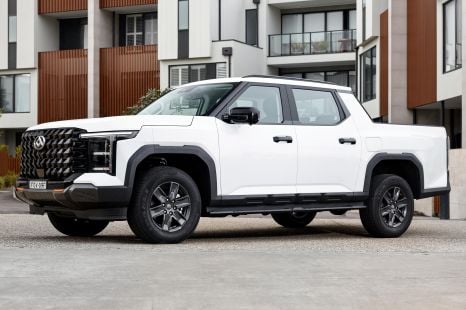

Damion Smy
3 Days Ago
Half of Aston Martin's lineup will be all-electric by 2030 with the first EV launching in 2026, though there's no deadline for the end of internal combustion engines.

News Editor
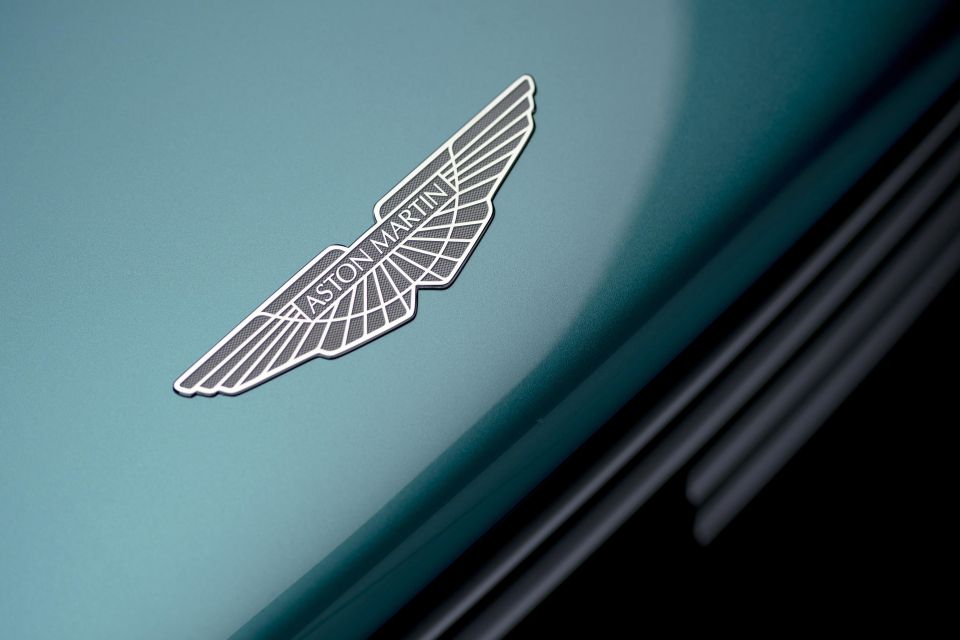

News Editor
Aston Martin’s first electric vehicle will be a sports car, though it won’t arrive until 2026.
CEO Tobias Moers told Motor Trend his company’s minnow status means it can be agile and doesn’t have to make “broad pronouncements”, indicating Aston Martin won’t follow brands like Bentley and Jaguar by announcing an end date for internal combustion engines.
“It’s very obvious we have to have the next-generation sports cars on a pure EV level. That’s clear,” Moers said, saying any EV would be an “aspirational interpretation of an electric drive in Aston Martin style”.
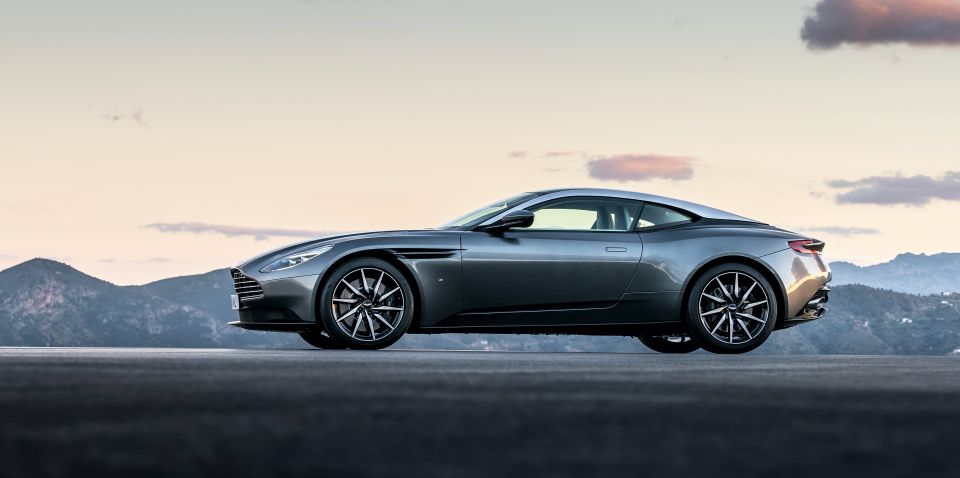
“We have traditionally been two doors so we will have a successor for the DB11 or something like that.”
He predicts half of Aston Martin’s portfolio will be fully electric by 2030, though he said the company will offer plug-in hybrids in select markets and will offer internal combustion engines for as long as possible.
Aston Martin’s twin-turbocharged V12 engine isn’t expected to survive beyond 2027, however, due to increasingly stringent European emissions regulations.
The current Vantage, DB11 and DBS are set for a facelift in 2023, and the company still needs time to amortise the costs of developing the current-generation models.
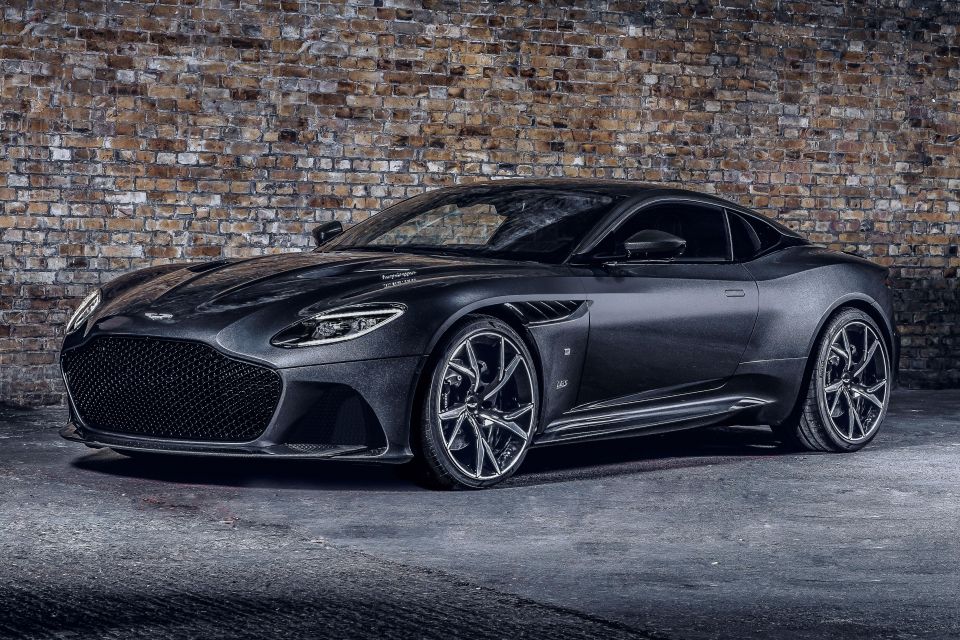
The updated models will also gain a new infotainment system, though they aren’t expected to receive any electrified powertrains.
The DB11 was the first of these models to launch, with production commencing in 2016. It debuted a new riveted and adhesive-bonded aluminium platform.
Aston Martin currently sources some powertrains from Mercedes-AMG, but Moers said the company is building a dedicated EV engineering team to lessen its dependence on other companies for drivetrain components and batteries.
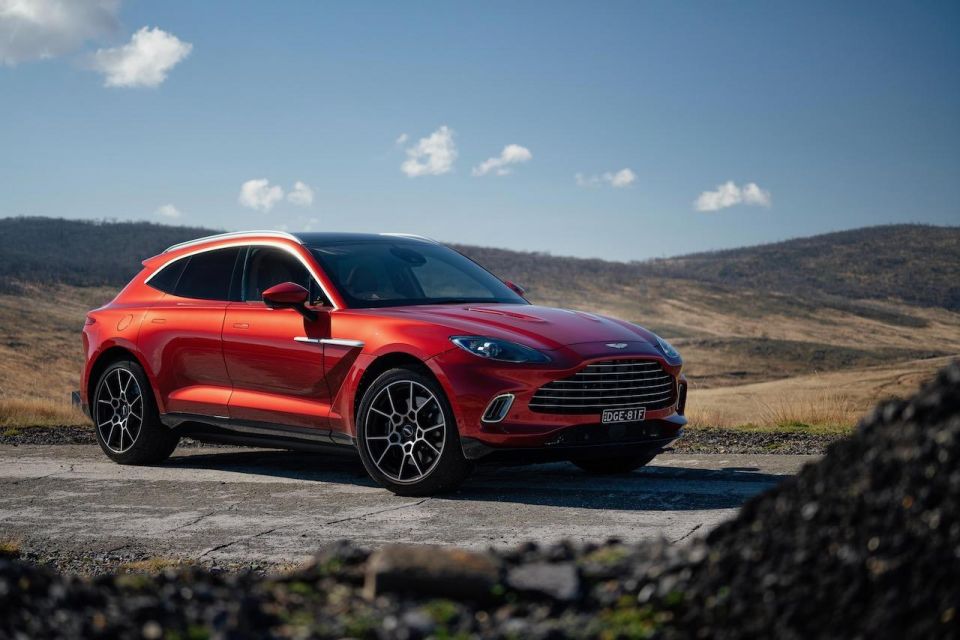
The company also won’t share platforms with Mercedes-AMG.
While Moers ruled out Aston Martin’s first EV being an SUV, electrification is coming to the DBX.
The range is expected to grow to include a new mild-hybrid base model, likely powered by the inline-six found in Mercedes-AMG’s 53-numbered vehicles, while the range is also expected to gain a twin-turbocharged V8 plug-in hybrid that’ll appear in 73-numbered vehicles.
Mercedes-AMG’s new plug-in hybrid powertrains, marketed as E Performance, can produce upwards of 600kW of power and 1000Nm of torque depending on the internal combustion engine fitted, with a 0-100km/h time of less than 3.0 seconds.
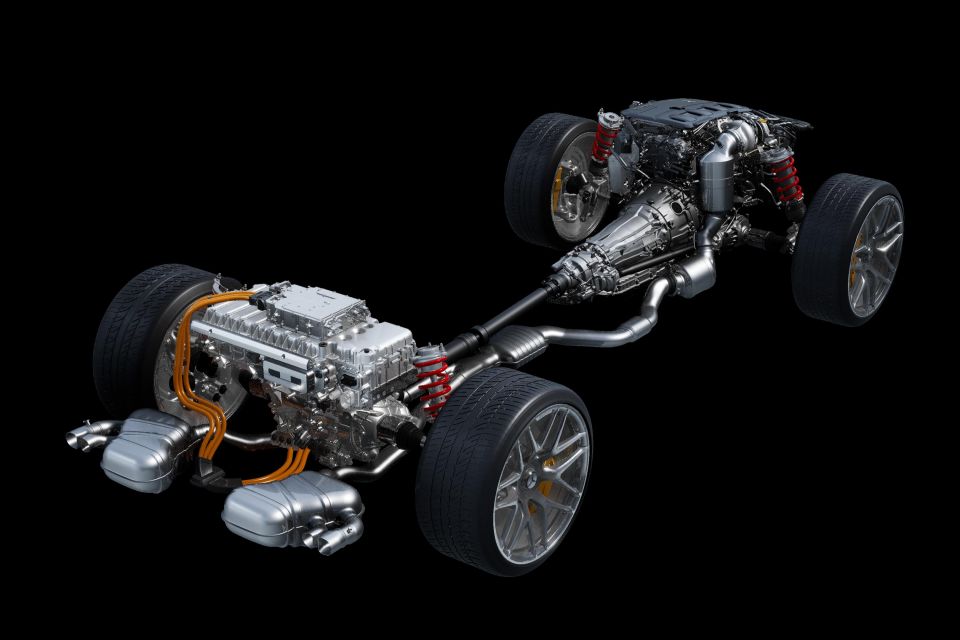
In E Performance cars, the electric motor is positioned on the rear axle and is integrated with an electrically-shifted two-speed transmission and an electronic rear axle differential lock.
The lightweight 89kg, 6.1kWh battery is also located above the rear axle, and is said to use Formula 1 technology and boast fast energy absorption and power density of 1.7kW/kg.
Aston Martin will introduce an electrified mid-engine supercar, the Valhalla, in 2023.
Power comes from a naturally-aspirated, flat-plane crank 4.0-litre petrol V8 engine with 550kW, hooked up to electric motors on both axles contributing a further 150kW to the mix.
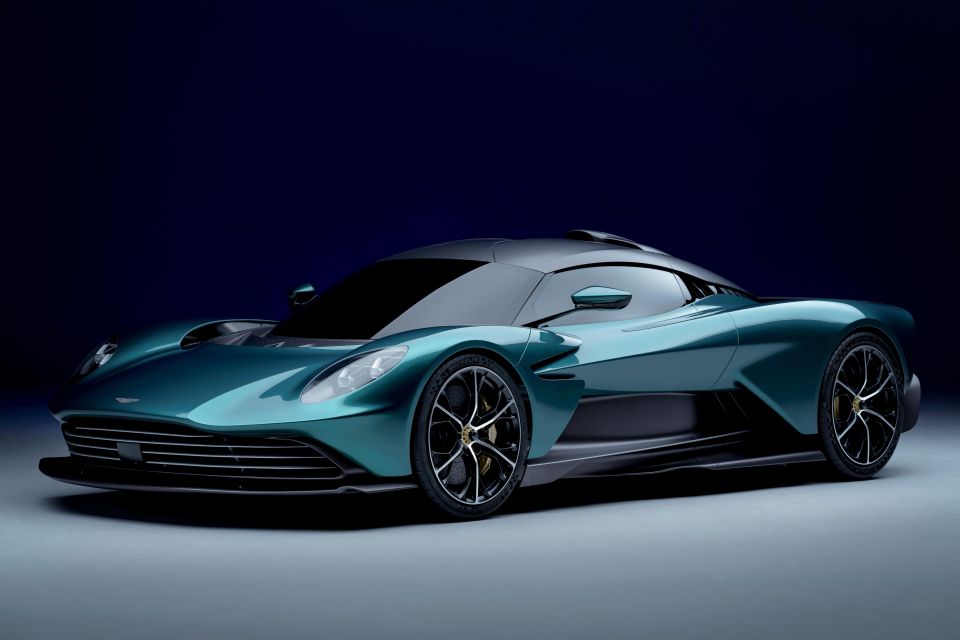
Peak combined power is a mind-blowing 700kW, peak torque is 1000Nm, put to the road through an eight-speed dual-clutch transmission with no reverse gear. Instead, the electric motors take care of going backwards.
Although the petrol engine is only hooked up to the rear wheels, the car can operate as a pure front-driver in pure-electric mode, or a pure rear-driver with electric and petrol power working in tandem.
The 100km/h sprint takes 2.5 seconds, and flat out you’ll be doing 350km/h. Pure electric range is 15km.
Despite all the hybrid kit and the lithium-ion battery, Aston Martin is targeting a dry weight of 1550kg. It also wants the car to complete a blistering 6:30.00 lap of the Nurburgring Nordschleife.
CarExpert does the hard work to get you the best price. No negotiating, no hidden costs, just expert help and real savings on your next new car.
William Stopford is an automotive journalist based in Brisbane, Australia. William is a Business/Journalism graduate from the Queensland University of Technology who loves to travel, briefly lived in the US, and has a particular interest in the American car industry.


Damion Smy
3 Days Ago
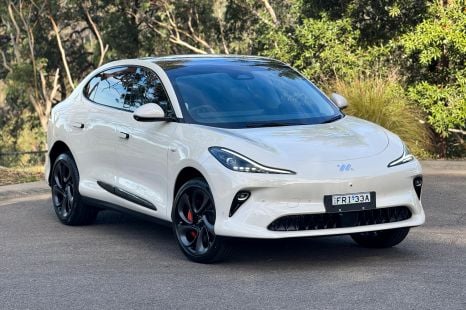

Matt Campbell
1 Day Ago


Josh Nevett
21 Hours Ago
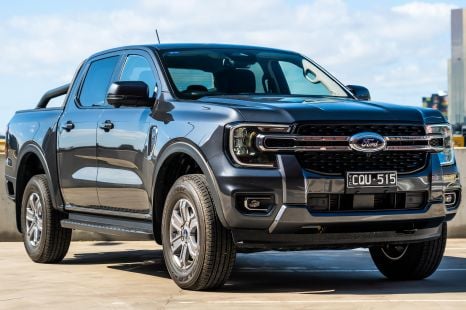

Damion Smy
21 Hours Ago


Max Davies
20 Hours Ago


Max Davies
20 Hours Ago